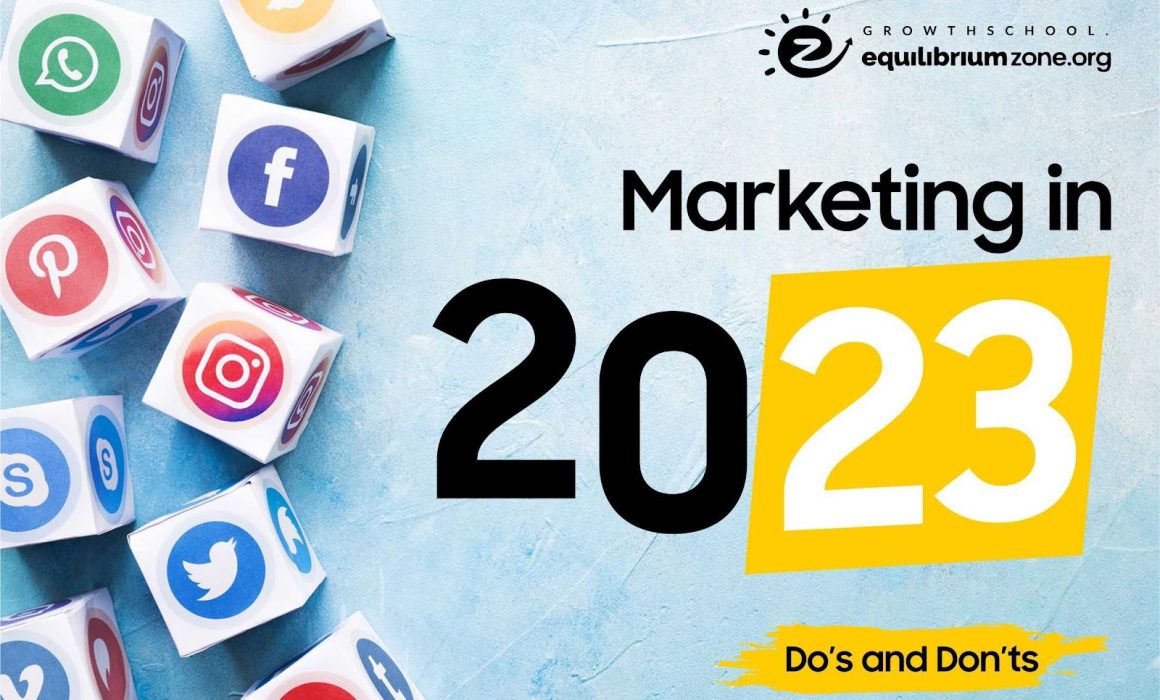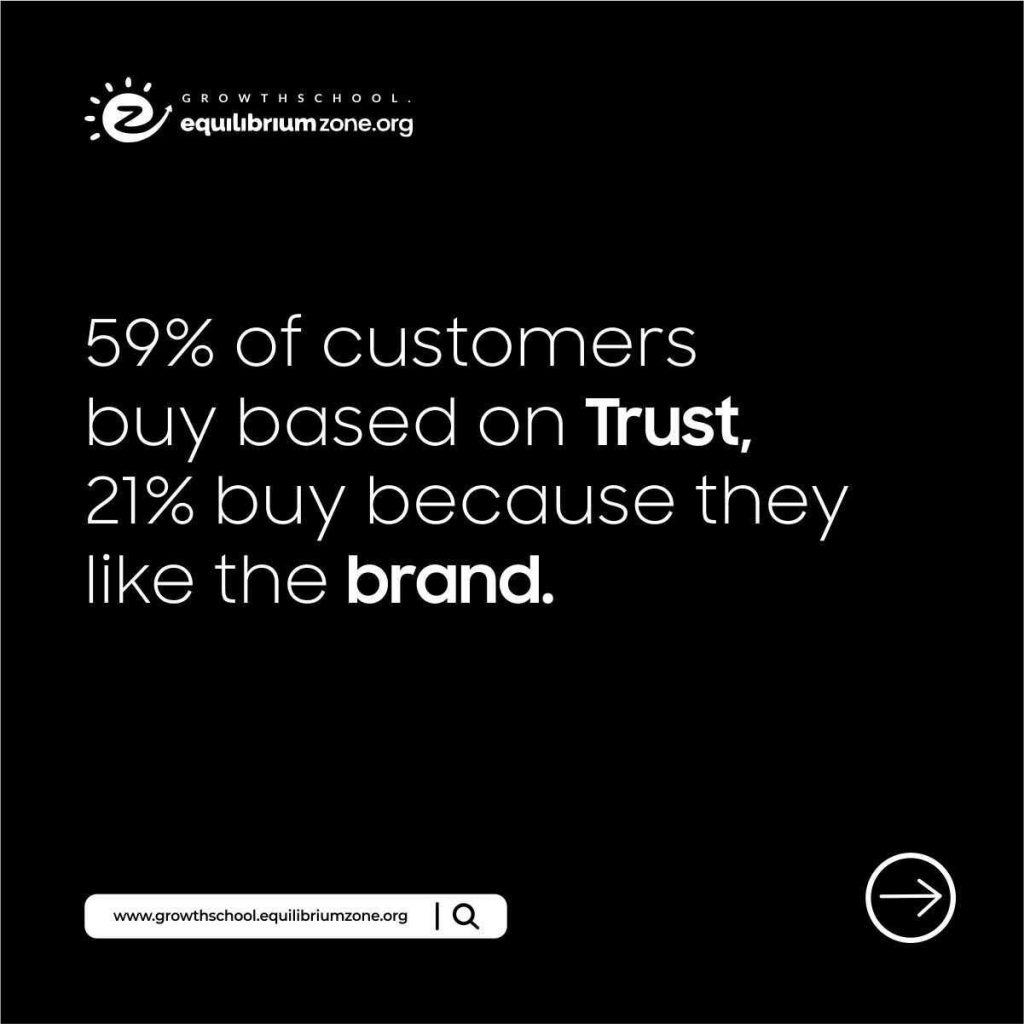For starters, the job of a product marketing manager cannot precisely be boxed into a role.
A product marketing manager is everywhere as long as a company has products to sell.
Product development. Research and development. Sales. Marketing. A product marketing manager has their hands in the cookie jars of all these departments.
So if you were to answer the question, “What does a Product Marketing manager do?”, you could say that a product marketing manager (PMM) is a link between all these intricate roles. A PMM works at the intersection of all these roles to ensure that the company’s ideas, values and offerings through a product they have created are correctly conveyed to the target audience to get them to buy the product.
Marketing in Product Marketing Management
A PMM is, first of all, a marketer. It is a role that one achieves after working their way up the product marketing career ladder. It is important to note, however, that a PMM’s role is different depending on where they find themselves. For example, at a tech startup or tech-based company, a PMM does work that a PMM at a media company has no business doing.
To learn more about what it takes to become a full-fledged PMM, this article breaks it down succinctly for you.
Now, let’s take a look at a PMM as a marketer.
It’s all in the name: Product Marketing.
Product marketing is the process of taking a product to the market. Therefore, a PMM must make sure that they focus on making sure that the product is marketed to the target audience.
Whatever strategies they come up with in collaboration with the product development teams, research teams, sales teams and even marketing teams of their brands, if the product fails to get noticed by the people it was created for, they have failed.
Luckily, failure for a PMM is a means to getting more insights on how to better reach the product’s intended audience. But because most marketing efforts are expensive, a PMM needs to make sure their strategies are airtight, leaving little room for failure.
This means that they have to be invested in understanding the target audience and their pain points (buyer persona), crafting the message that puts the product as the best solution to their needs (product messaging and positioning), before they go on to create customer acquisition plans with the sales team of their brand.
Management in Product Marketing Management
Marketing may be the first point of contact for a PMM, but it doesn’t end there.
They are in charge of managing the funnel to sales from the marketing efforts of the brand for said product.
This is where their collaboration with the marketing team, research and development team and the product development team becomes important.
You see, products have life cycles. This means they have a limited time to remain on the shelves in the markets before customers move on to something new and similar or a totally different product that solves the same problem from a unique angle.
A PMM needs to be on top of every data to see how customers are using the product. This will provide insight into how much longer the product has on the shelves i.e. how much time the product has left in its lifecycle.
This data, which they collaborate with the research team to collate, will help them in coming up with new features for the product development team to build into the product. This will now be communicated to the marketing team who will effect the changes to their marketing efforts.
Let us take an FMCG (fast-moving consumer goods) product as an example.
A yoghurt company starts by making plain yoghurt for its consumers. It eventually discovers that changing the taste or the flavour increases patronage towards their product.
Eventually, they make variations of their yoghurt: strawberry, peach, apple, and so on. Soon, they acquired new customers because of the addition of these new flavours while keeping their old customers and those who loved their original offering of plain yoghurt.
This is the result of the PMM managing the product’s lifecycle effectively.
Without this, there will be no growth for the product and they could miss opportunities to attract new customers and even capture a new market.
You have what it takes to become a PMM!
Now that you know what a product marketing manager does, you too can become one!
This is because you have something to sell either as a company staff or as an entrepreneur.
But it is not a role you can assume. You need proper training. And that is why we at EZGrowthSchool have created this amazing Product Marketing Crash Course to introduce you to the basics of product marketing and set you on the path to becoming a PMM.
Take advantage of this offer by following this link to the course and you will be glad you did!








